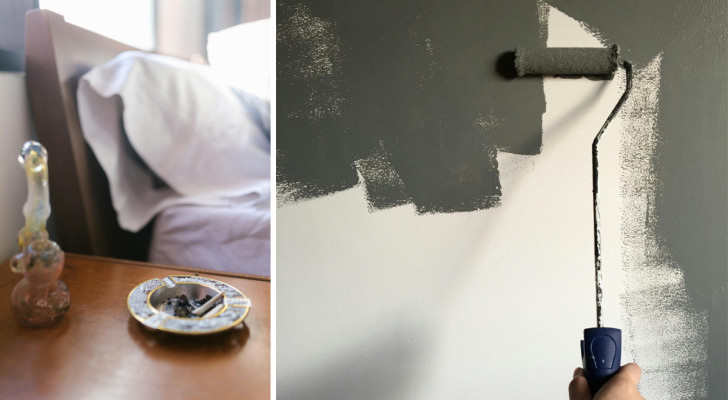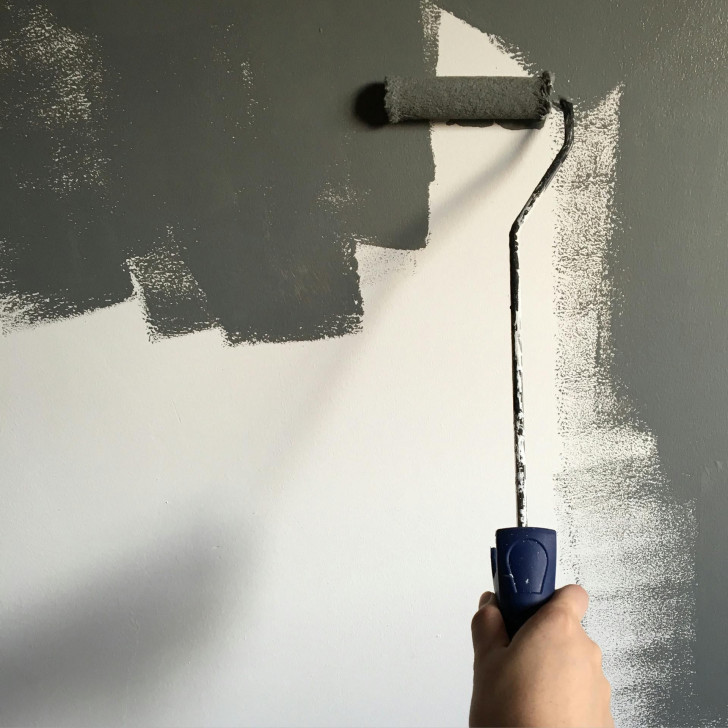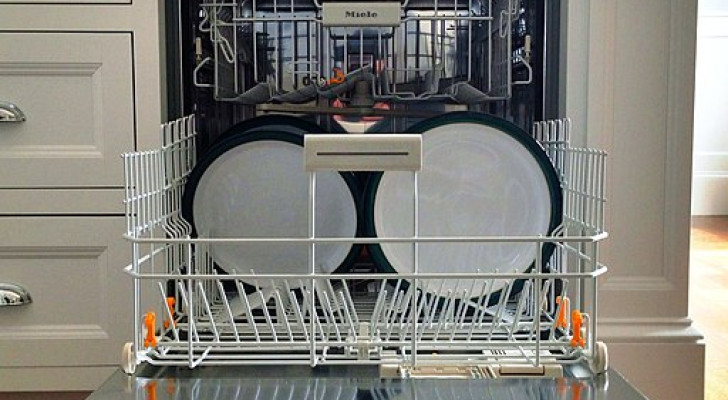Anti-nicotine and anti-smoke paint: all its advantages and how to correctly apply it

The walls of our homes are vulnerable to picking up stains of various kinds, including those caused by smoking (amongst other causes). Cigarettes, fireplaces and wood stoves can stain walls badly: but fortunately these days, there are numerous solutions that can help prevent this happening.
Anti-smoke and anti-nicotine paints can be the solution you are looking for if you need to repaint your home to remove nicotine staining (and smell). So, what are the benefits of using this paint exactly? Well, keep reading to find out:
The advantages of anti-smoke and anti-nicotine paint

The presence of smoke and nicotine inside domestic environments causes the absorption of the fine smoke particles by the plaster and leads to staining that can be near-impossible to remove. In fact, normal, water-based paints can be permanently marred and defaced by these pollutants.
For this reason, chosing to use an anti-smoke and anti-nicotine paint could be the ideal solution for your walls: this type of paint has an upper layer that inhibits the bbsorption of smoke and nicotine, preventing stains and unpleasant odors from developing.
There are different types of anti-smoke paints and you need to be guided by your needs. The most common type purchased is an insulating paint: this paint seals the surface prevents the pollutants from being absorbed to create stains and give off upleasant smells. There is also an emulsion paint version, which is soluble in water and provides milder protection. In a particularly exposed setting, a more powerful paint might be necessary, perhaps with anti-mold and/or anti-humidity additives.
How to apply anti-smoking and anti-nicotine paint

Specially formulated with special, modified acrylic resins, anti-smoke paint has high fixative and insulating properties. In many cases, it also has an anti-bacterial and anti-mold action. The application of anti-smoke, anti-nicotine paint requires a specific procedure so that the operation is successful and does not lead to the reappearance of unsightly stains or odors. Anti-smoke paint must be applied directly to the substrate, carefully removing any old, crumbly spots first with a brush or sandpape. It is also essential to remove any limescale and water-based paint as this could compromise the new seal.
Also, remove as much pollution residue from your walls first using a spatula or sandpaper - once done, it will be easier for the new paint to do it's job.
Thanks to anti-smoke and anti-nicotine paint, your walls will remain stain- and odor-free!





